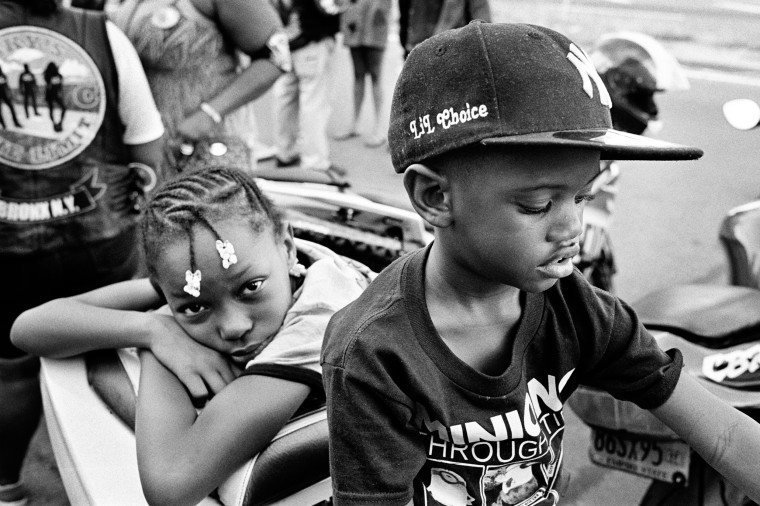Consider the 1969 film “Quick Rider,” which cemented the chopper, a custom made motorcycle, as an American standing symbol. The movie designed stars of the actors Peter Fonda and Dennis Hopper. Two Black bike designers, Ben Hardy and Clifford Vaughs, created the legendary, souped-up Harley Davidson bikes — called “Captain America” and “Billy” — Fonda and Hopper rode in the movie, according to NPR.
A person of the earliest motorcycle pioneers was Bessie Stringfield, who built historical past as the initial Black lady to ride solo throughout the place in 1930. Her endeavors were not devoid of hazards, as she was driving at a time when segregation was the legislation of the land. In its place of accommodations that barred her from staying, she expended her nights in the residences of Black family members, or even in gas station a lot, in accordance to Iron & Air journal.
“The Black biker local community exists mainly for the reason that of the racism of the white aspect,” Leveque explained.
In the guide, Leveque recounts how he grew up alongside white bikers who proudly shown swastikas and casually utilized racist slurs. He rebuked those people kinds of bikers by finding a tattoo of a swastika with a strike by way of it.
In the time she spent photographing the local community in New York, Dingley noticed that the golf equipment ended up usually inclusive, welcoming riders from unique backgrounds.
Her project, nevertheless, was gradual to start off, as she experienced to make their have faith in.
“You had to verify to individuals that you desired to be there,” Dingley stated. “I don’t imagine I was taken care of any in another way than individuals striving to enter the scene.”
It took a 12 months of consistently displaying up to events and fostering associations in advance of she was completely accepted. The Black Falcons, a club in the Bronx, in the long run vouched for her, signaling to other clubs that she was a welcome presence. Soon after about two years of photographing, she began interviewing riders.

The book flows like an oral record and has the intimate come to feel of an old team of close friends sharing tales at the end of a bash, extensive immediately after most visitors have still left. Putting their voices front and center was a deliberate option on Dingley’s section — she understood she could not do correct by their experiences any other way. As she photographed, she shared photos on social media, and about time, she would listen to from bikers of colour across the country, inviting her to arrive photograph them. When it was gratifying to hear from them, journey was outside the house the scope of the challenge.
“I experienced to narrow my aim to New York if I was to at any time do it any justice,” Dingley reported.
“Ezy Ryders” subverts expectations equally in the men and women and the pieces of New York Town photographed. The city isn’t accurately synonymous with the plan of the open up highway that options prominently in popular depictions of bike riders. Still, the guide is proof that there is plenty of room to trip.

“There’s an open up highway in Brooklyn. There are open roads in Queens. There is an open street even in Manhattan,” Leveque reported. “There are bikers of distinctive shades and various shades that vacation those open up streets.”
A essential part of life in the Black motorcycle neighborhood, Dingley found, is a biker’s nickname. Traditionally, a nickname is seldom selected, it is bestowed. Leveque grew to become “Preach” mainly because anywhere he was, he would normally be conversing at size about the history of Black motorbike lifestyle.
Even even though she was there to photograph the neighborhood, ultimately Dingley uncovered that she, much too, had gained a nickname.
“Mostly it was a very apt ‘Photo Woman,’” Dingley claimed. “It was a badge of honor for positive.”
